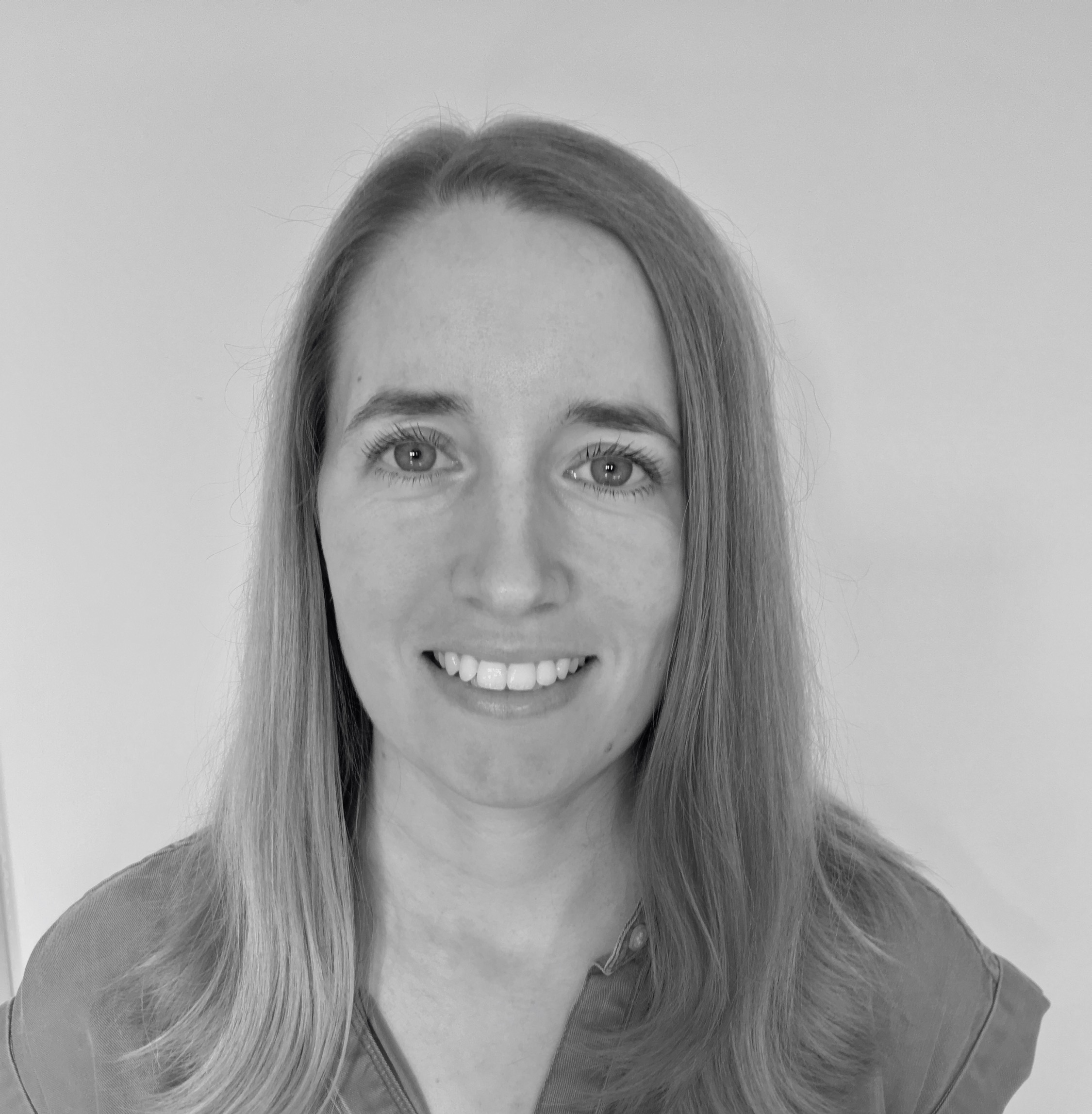How educational publishers can ensure their products are diverse and inclusive
- Sarah Lustig

- Jun 30, 2022
- 3 min read
In recent years there has been a growing conversation about representation in books. The book industry has been called out for its lack of diversity and steps have rightly been taken to correct those problems.
Here I will consider what educational publishing can do to accelerate the change and create truly diverse resources for schools.
What does diversity mean?
The answer is different for each publisher and for each publishing team within those publishers and could be different for different products. By which I mean, publishers should have a strategic vision about what they want diversity to mean for them. International publishers and products may have different aims than those publishing solely in the UK.
A key question to answer at the strategy stage is whether the aim of the product is to show society as it currently is or to go beyond that. This question is extremely important for educational publishers in particular.
Just like IRL
Often we think the aim of diversity is to reflect real life. And it's true that this is fundamental to the drive towards diversity. For many years the depictions of family life in the media were unrealistic. Identikit families with two parents and two well-groomed children were par for the course. We are finally starting to see gay couples represented, single-parent families represented and step families.
But sometimes we need to go beyond real life to achieve true diversity. The purpose of educational texts is often to prepare young people for the world of work. It's very important that all young people see themselves represented in careers they are interested in. In the UK, women only represent 13% of the workforce in STEM industries. Publishers risk perpetuating this status quo if they don't proactively aim to represent women in STEM settings.
The answer is not to only aim to emulate real life, but to go beyond it.

Supplier briefing
So now we know what we want. But how do we get there?
It starts at the very beginning: with author briefing. There have been moves towards briefing authors on diversity. But I think the industry can go further. This briefing could be more robust, with very specific guidance about what authors need to do in order to meet the publisher's stated diversity aims.
This diversity briefing should also be supplied to every other stakeholder who has involvement in the development of the resources. It could be an integral part of development editing, as well as a feature of briefs for copyediting and proofreading.
How to brief it
When thinking about briefing for diversity and inclusion, it helps to think holistically of a whole range of factors. Sometimes when we consider diversity, we might think of only one area, such as ethnicity.
But in order to be properly diverse a text should also consider gender, religion, gender identity and sexual orientation, as well as people with disabilities. No list on this topic could be exhaustive. We considered a variety of family set ups earlier on, which might be relevant to some materials. There has also been a move towards representing a variety of body types in published materials. Publishers should consider all of these factors when deciding on their diversity aims.
Concrete examples for each item will be helpful in briefs. For example, in a story about fire fighting, you might consider using a photo of a woman fire fighter, rather than a man. In a story about marriage, you might decide to illustrate a Jewish ceremony, instead of a Christian one. Alternatively, you could use an example of a gay marriage.
Briefs should cover:
Photos and artworks
Case studies, including names – they should represent a range of cultural backgrounds and genders
Inclusive language, such as using gender neutral terms for job roles, e.g. police officer instead of policeman.
The future of diversity checks
In the future, I think we might see a rise in separate, bespoke diversity checks in educational resources. In order to do this well, the task needs its own training, budget and time in the schedule.
Often publishers ask copyeditors or other freelancers to check diversity as part of their usual copyediting checks. But without additional time or money allotted to the task, it can get lost among the copyeditor's other responsibilities.
If we start treating diversity and inclusion as a feature that is as important as technical accuracy or grammatical correctness, we will give it the weight it properly deserves. And that is how we will really see change accelerate in this area.




Comments